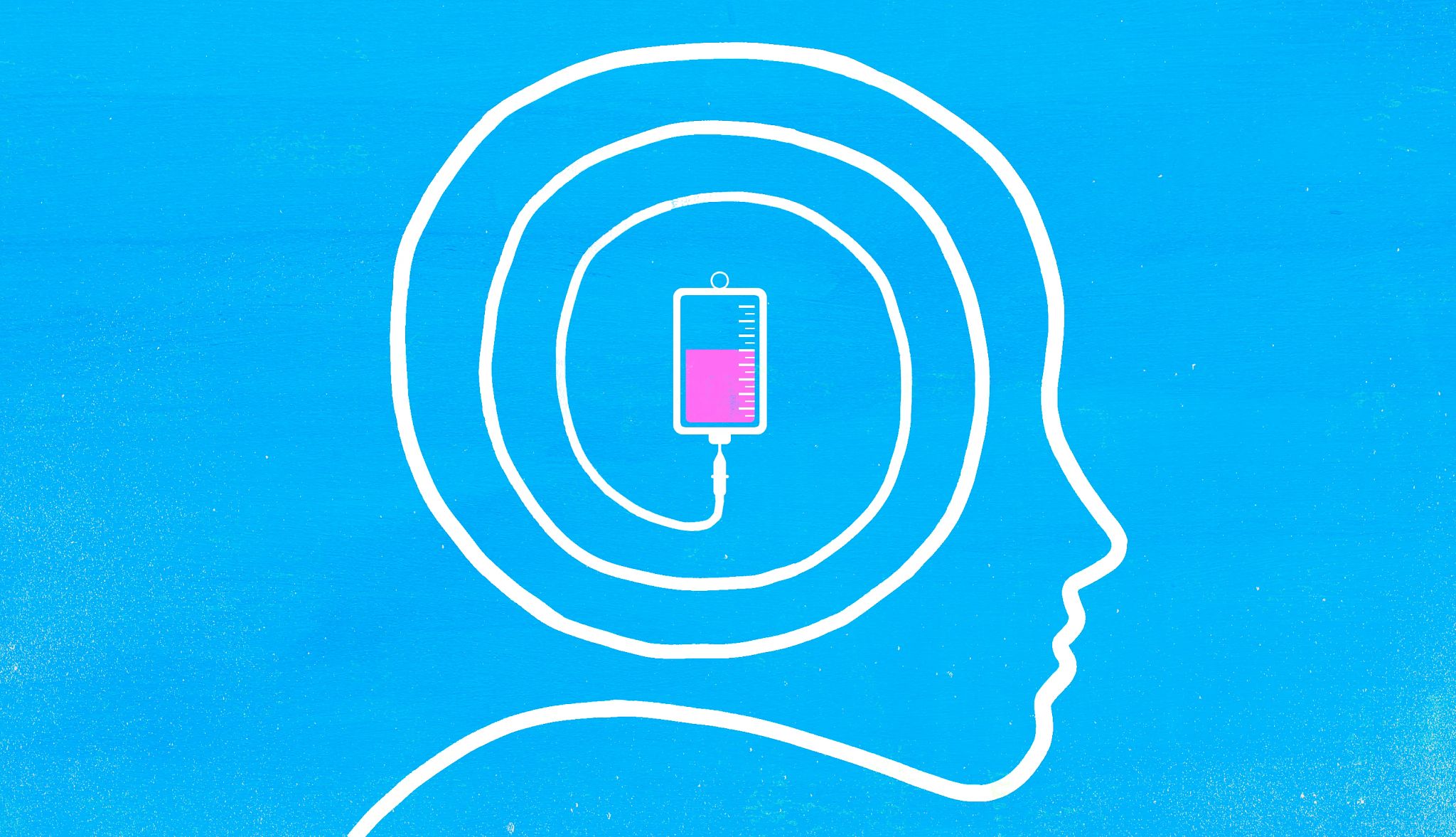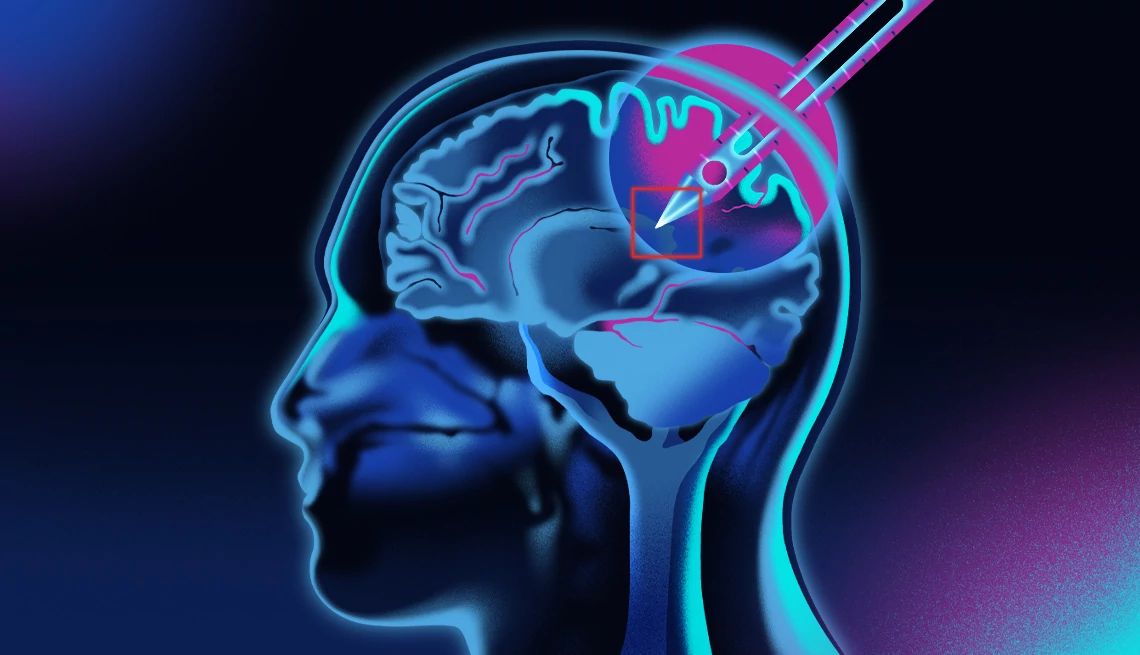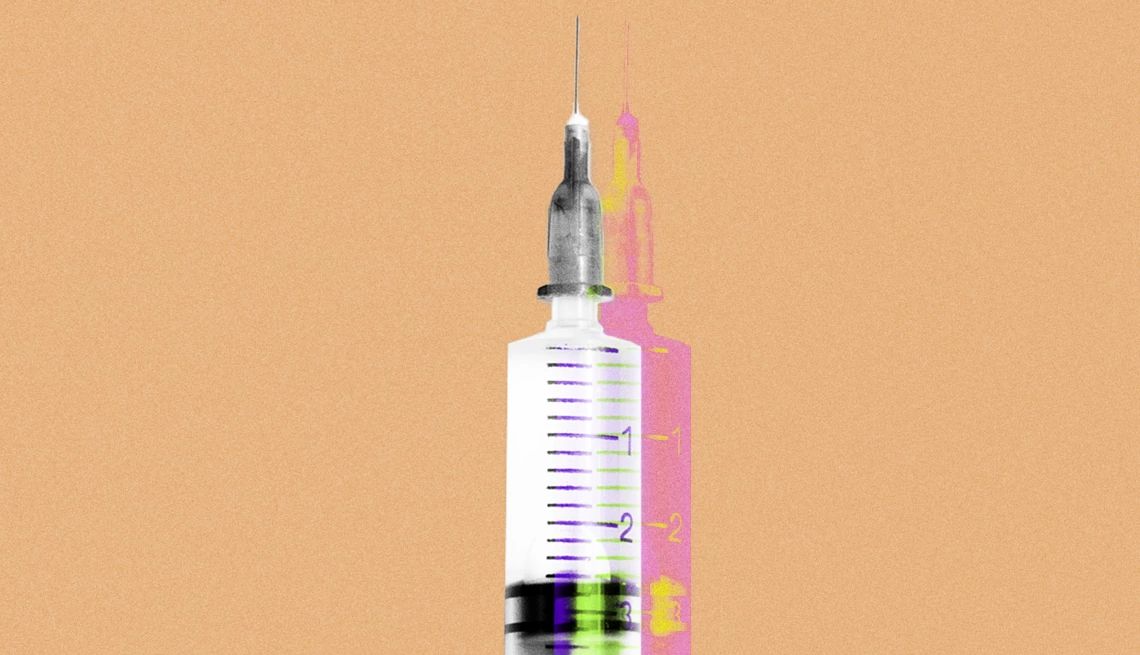AARP Hearing Center


For the first time in history, doctors who care for people with Alzheimer’s have access to two medications that may be able to modestly slow the progression of the disease — at least for some patients.
The two drugs — Leqembi (lecanemab) and Kisunla (donanemab) — are “transformational,” says Paul E. Schulz, M.D., professor of neurology and director of the Neurocognitive Disorders Center at the McGovern Medical School at UTHealth Houston. “They provide the first inkling that we are on the right path, which gives us great hope that we can continue to tweak things and improve the effects.”
Someday, the drugs — or their next generation — might prevent cognitive decline entirely in people whose brains show signs of disease, but who don’t yet have symptoms, predicts Andrew Budson, M.D., chief of cognitive behavioral neurology, VA Boston and professor of neurology at Boston University. “These drugs are an absolute breakthrough for patients today, but even more so for patients tomorrow,” he says.
Yet even with the excitement and potential, there are serious considerations when it comes to these medications. Side effects can occur and can be serious — even deadly. What’s more, the drugs are expensive, with list prices higher than $25,000 a year.
It’s no wonder then that people who are newly diagnosed with Alzheimer’s may have questions. Those with certain risk factors are told, “talk to your doctor.” But do most doctors have answers?
“In my experience, most neurologists haven’t had a chance to learn about this area of treatment,” says Schulz, one of the researchers who studied Kisunla in clinical trials. “We’re all in the learning curve now.”
AARP interviewed six leading Alzheimer’s specialists to get answers to 15 questions about the new Alzheimer’s drugs.
Alzheimer’s disease is the most common form of dementia, afflicting an estimated 6.9 million Americans older than 65, according to 2020 data from the Centers for Disease Control and Prevention. The disease is marked by progressive memory loss, personality changes and ultimately the inability to perform routine daily tasks, such as bathing and dressing and paying bills.
1. How do these two drugs work?
Leqembi and Kisunla are antibodies that bind to the amyloid protein in Alzheimer’s plaques. Those plaques are formed from naturally occurring proteins that build up in the brain and cause problems. Most antibodies in the body are made by our immune system to fight off infections from viruses or bacteria, but these two are produced in the lab. When the antibody sticks to the amyloid molecule, the body’s immune system is alerted to destroy the amyloid, removing it from the brain and potentially slowing the disease.
2. How do the drugs differ from existing Alzheimer’s medications?
Other Alzheimer’s drugs help alleviate symptoms of Alzheimer’s like memory loss and confusion by altering brain chemicals. They are given as pills. These two drugs are given by intravenous infusion.
3. How do they differ from each other?
Leqembi binds to small molecules of amyloid called “amyloid protofibrils.” Kisunla binds to the amyloid plaques themselves. “Whether these different binding targets are critical is not clear,” Budson says. Leqembi is administered every two weeks for 18 months, then every 4 weeks after that, Budson says, adding, “There is no clear guidance on when to stop, if ever.” Kisunla is given every four weeks until the amyloid is cleared — as measured by a scan. If a PET scan shows minimal levels of amyloid, treatment is stopped.
4. What are the side effects? Are they serious?
There can be drug reactions that resemble flu-like symptoms, such as chills, shortness of breath and rash, generally mild and treatable with over-the-counter acetaminophen and antihistamines, such as Benadryl, says Jason Karlawish, M.D., professor of geriatrics at the University of Pennsylvania’s Perelman School of Medicine and codirector of the Penn Memory Center. More concerning, however, is when amyloid-related imaging abnormalities, known as ARIA, occur, which can include brain swelling or bleeding or both. “ARIA can be mild, moderate or severe,” Budson says. “When severe, it can be serious and life threatening.”
While patients taking Kisunla experienced more ARIA than those on Leqembi, the researchers point out that the two drugs were not compared to one another in the studies. Plus, “the donanemab [Kisunla] patients were further along [in the disease] cognitively and biologically, and so many of us believe that this is why donanemab had more ARIA,” Schulz says.
“I have many patients on each medication, and I feel confident that I am doing a service to my patients with each medication and I am not exposing one group to greater risks than the other,” Schulz adds.
Geriatrician Mia Yang, M.D., associate professor of internal medicine in the gerontology and geriatric medicine section at Wake Forest School of Medicine, prints an article from the Annals of Internal Medicine for her patients when discussing the new drugs, and points out that the drugs are risky for patients with medical conditions that make it likely they will experience a heart attack, ischemic stroke or a blood clot in the legs or lungs in the next 1-2 years. “The deaths that occurred during the trials were most commonly in patients who received additional blood thinner,” she wrote in an email.









































































More From AARP
How to Be a Caregiver for Someone With Dementia
It’s a tough job, but there may be more help than you thinkTake the Cognitive Assessment
Find out how you perform today in five key areas, including memory and attention
Does Medicare Cover Dementia and Alzheimer’s Drugs?
Medicare covers tests and drugs, not custodial care
Recommended for You